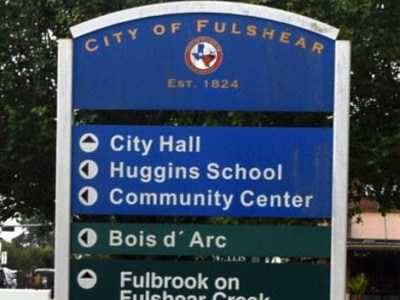Each year, thousands of people pass through public buildings such as courthouses, airports, hospitals, and libraries. Although they might be vital places in your city or town, they’re not always the easiest places to navigate.
If visitors often get lost in the hallways of your public buildings or get confused about where to go in downtown areas, it’s probably time to upgrade your space with clear, effective wayfinding signs.
Learn more about the importance of developing an engaging and useful municipal wayfinding signage system. Plus, take a look at how National Signs can help out by providing you with stunning sign solutions.
What is Municipal Wayfinding Signage?
Before upgrading your building signage, it’s important to know how wayfinding signs work. Wayfinding signs provide clear directions and helpful information to ensure that all people are able to navigate your property with ease.
Multiple types of wayfinding signs can help create a stress-free experience for visitors. Take a look at these types of signs we recommend for public buildings.
Directional Signs
A directional sign points visitors in a specific direction and provides them with a clear sense of where to go. These types of signs can be as simple as arrows or graphics, or more elaborate with words and maps.
Directional signs are typically placed at strategic areas like intersections, staircases, or elevator banks to help guide individuals or even larger groups of people. These signs are especially helpful in large-scale public buildings like performance halls, museums, sports stadiums, or other municipal facilities that welcome large crowds.
Clear signage promotes efficient, safe crowd control and helps prevent confusion or hallway congestion around points of interest.
Informational Signs
When you need to provide more than simple directions, informational signs provide crucial details about specific areas, facilities, or departments within a building. These signs serve as helpful building guides, giving visitors all the necessary info needed to enhance their visit.
For example, a building map is a type of informational sign that indicates where the restrooms, cafeterias, or emergency exits are located. For larger buildings, wall directories list the different offices, departments, and local businesses found on each floor.
Museums, libraries, and other cultural facilities can use digital displays as informational signs to provide historical details. And government offices can use these signs to share essential information about wait times, available services, or upcoming community events.
Identification Signs
Identification signs help label specific areas within a building, like departments, offices, or floors. These small but needed signs display room numbers or office names, allowing visitors to quickly confirm their location.
An identification sign can be a combination of letters, words, and universal symbols, which is important for city wayfinding systems to be in compliance with ADA guidelines.
National Signs Offers Wayfinding Solutions
If your city buildings need a more efficient way to direct individuals or crowds through public buildings, municipal wayfinding signs from National Signs can help.
We have over 30 years of experience crafting attractive, efficient sign solutions. We can apply our expertise to support your city buildings and properties.
Our team of sign designers will develop a wayfinding sign system that perfectly reflects your city or region while meeting your specific needs. Your signs will be professionally fabricated in the U.S. using the highest quality materials and technology for signs that look great and remain functional for years to come.
Contact National Signs to request a quote today. Discover how our municipal wayfinding signage will transform how you welcome visitors to your public buildings.




